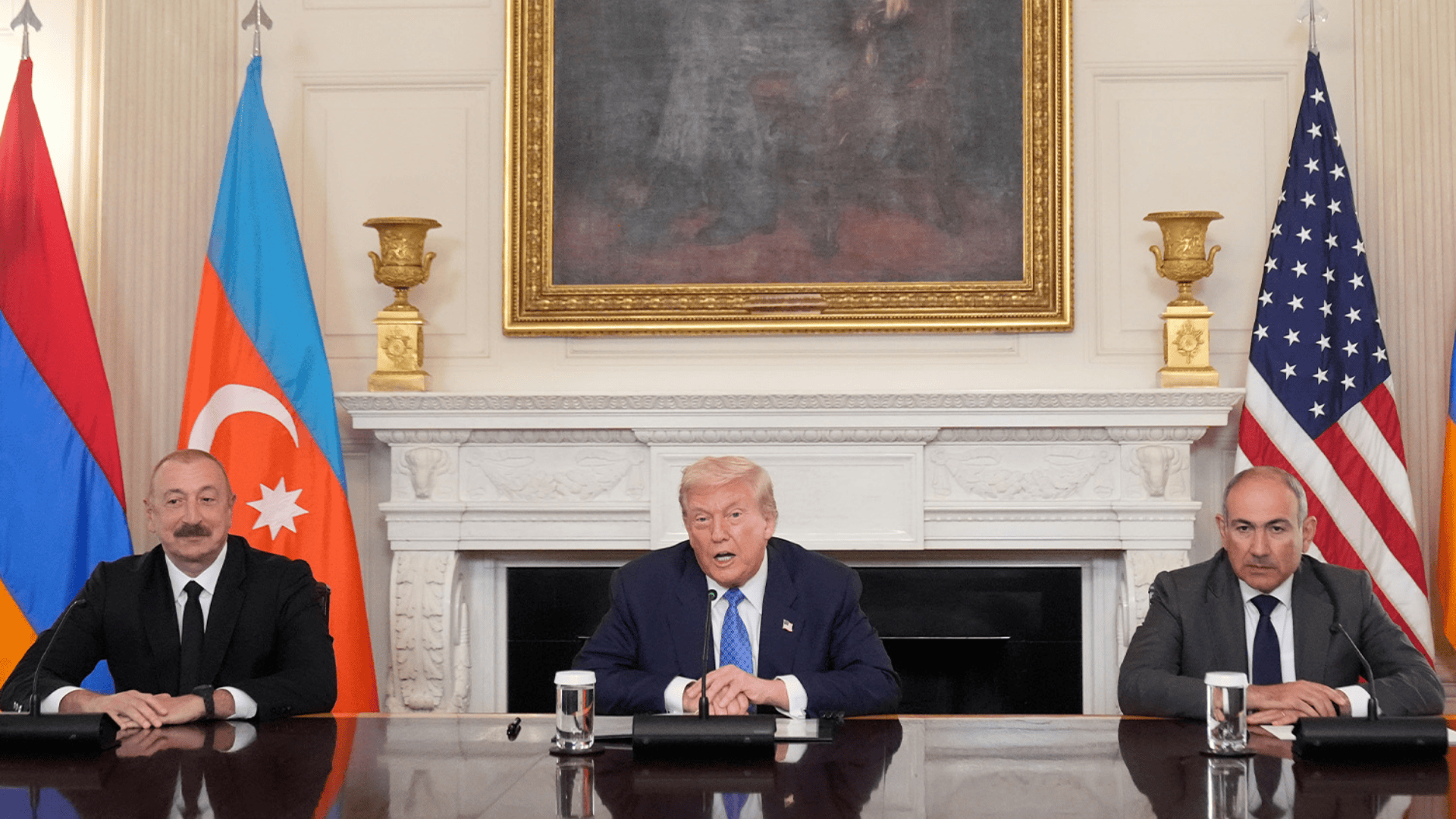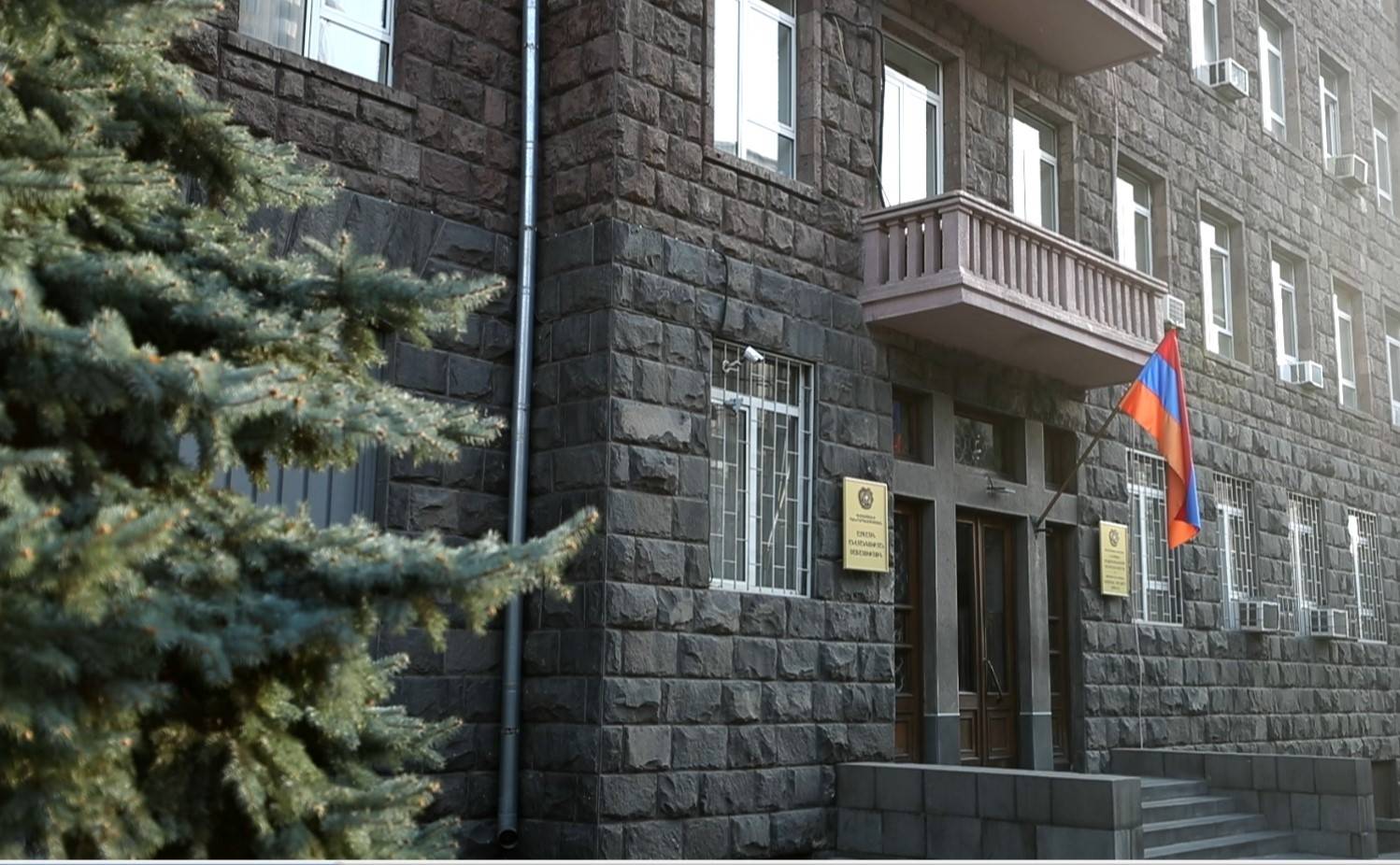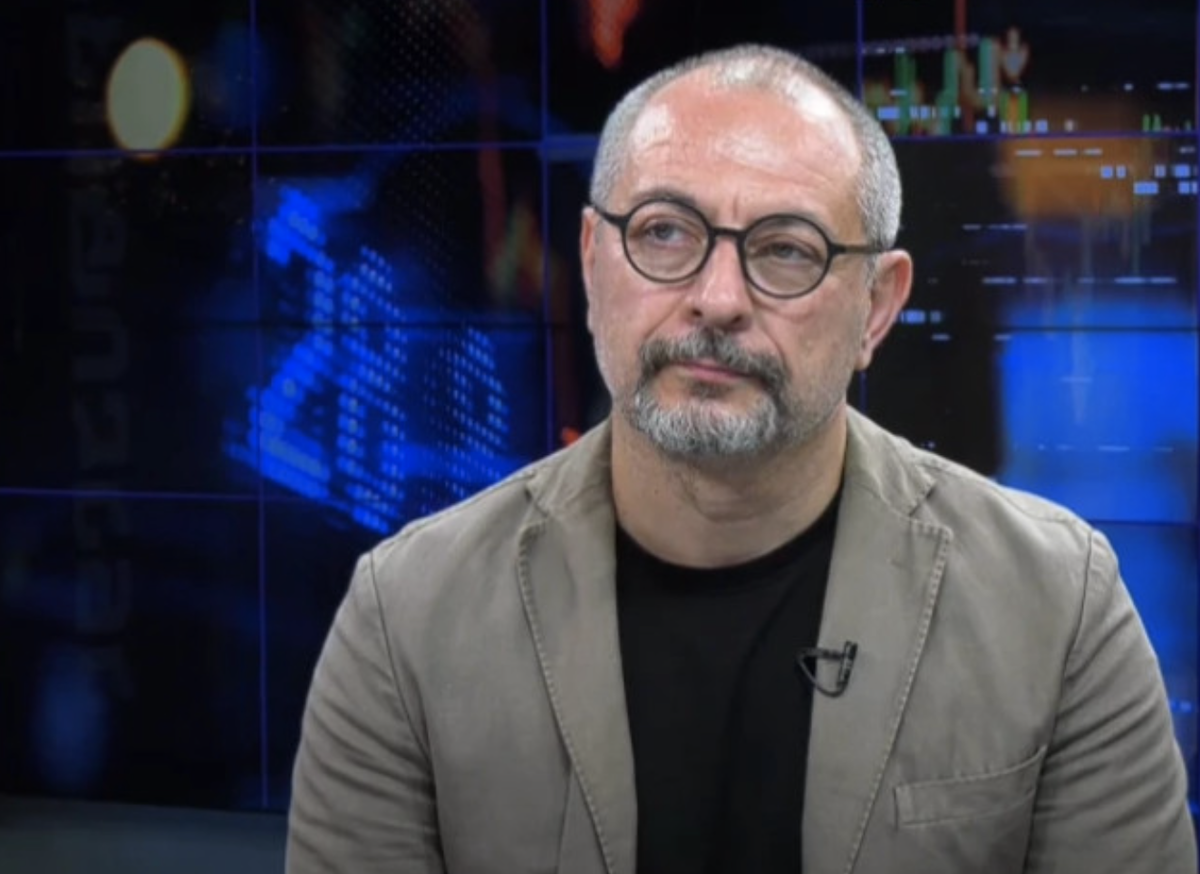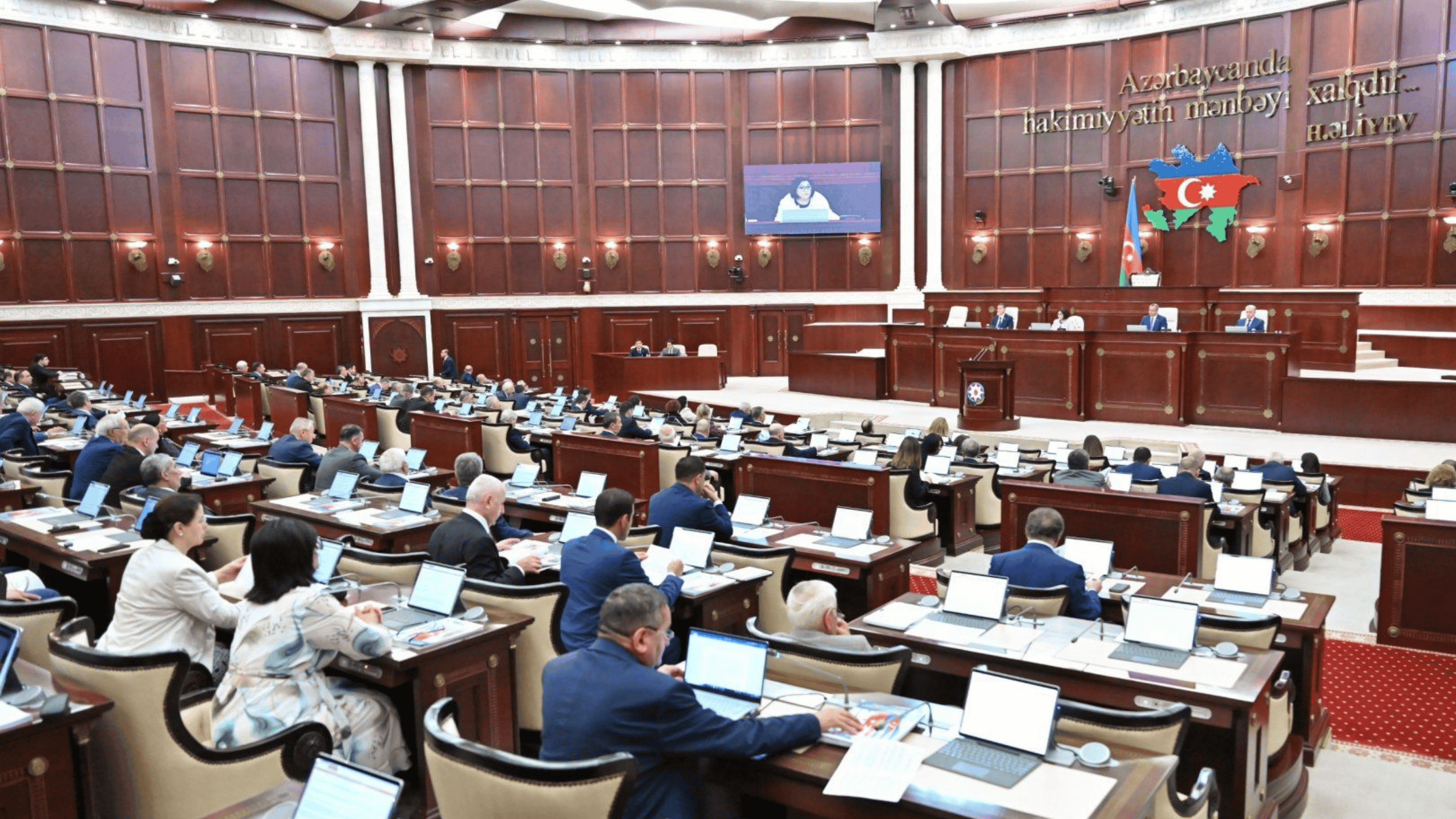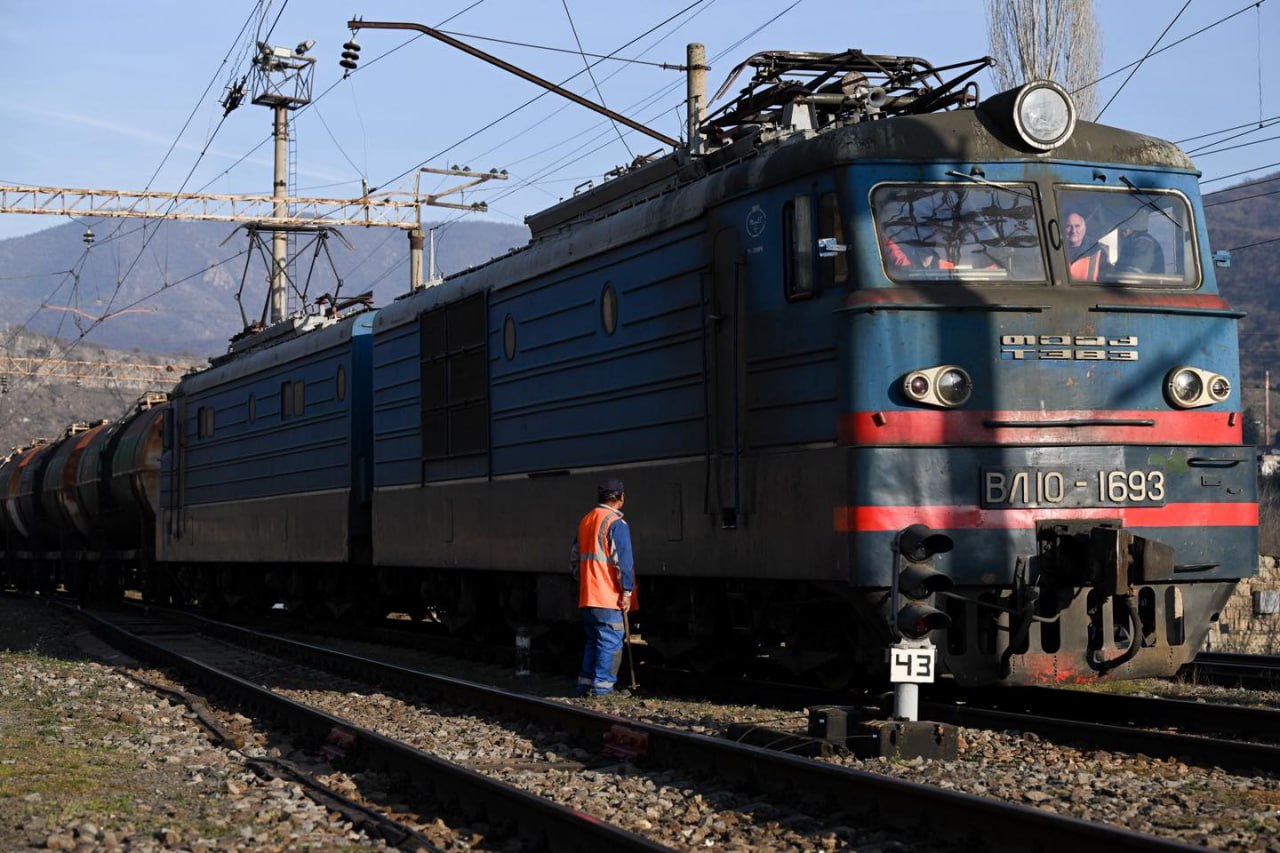Azerbaijan lifts all cargo transit restrictions through Armenia: expert views from Baku
Azerbaijan-Armenia transit shipment
During his visit to Kazakhstan, President Ilham Aliyev announced that Azerbaijan has lifted all restrictions on cargo transit to Armenia.
Aliyev said the first shipment has already been sent: wheat from Kazakhstan was delivered to Armenia via Azerbaijani territory.
The president described the move as proof that peace between Azerbaijan and Armenia is now “happening in practice, not just on paper.”
With this step, Baku officially ended a transport blockade that had lasted more than 30 years during the conflict.
Yerevan responded cautiously but positively. The Armenian government welcomed Aliyev’s decision. Prime Minister Nikol Pashinyan’s spokesperson, Nazeli Bagdasaryan, said the move is significant for reopening regional transport routes, building mutual trust, and advancing Azerbaijani-Armenian peace under the Washington agreements.
On 8 August in Washington, with US President Donald Trump present, Aliyev and Pashinyan signed a joint statement on peaceful relations. The agreement included opening a transport route through southern Armenia, named TRIPP – the “Trump Route for International Peace and Prosperity.” Yerevan agreed to hand over control of the route to the US for 99 years.
By lifting transit restrictions to Armenia, Baku has effectively demonstrated the start of implementing the agreements reached in practice.
Armenian officials confirmed the first transit shipment. Economy Minister Gevorg Papoyan posted on social media that the first batch of Kazakh wheat would travel from Aktau to Baku and then via Azerbaijani and Georgian railways to Armenia. Papoyan said: “Peace is already established.”
These statements indicate that officials in both countries see the lifting of restrictions as a step toward strengthening the peace opportunities created after the 2020 war.
Economic and regional prospects: official commentaries
Azerbaijani officials and pro-government experts say the decision opens new opportunities for regional economic integration.
According to Mushfig Jafarov, a member of the Milli Majlis Committee on Economic Policy, years of Armenia’s “occupation policy” left it isolated from regional transport corridors. The new route, he said, gives Armenia direct access to European and Asian markets, reducing its dependence on transit through Georgia and Russia.
“The lifting of restrictions gives Armenia a chance to emerge from a long period of blockade and integrate into a regional economic system led by Azerbaijan, ensuring sustainable development,” Jafarov said.
He added that reopening communication lines could turn Armenia into a transit country, attracting foreign investment in logistics, transportation, and even tourism.
“Lower transport costs will make Armenian products more competitive. For the first time, the country will gain favorable access to the markets of Azerbaijan, Turkey, and Central Asia. Participation in regional energy and infrastructure projects could also strengthen Armenia’s energy security and contribute to overall stability in the South Caucasus,” he said.
Economists share similar views.
Emin Garibli, associate professor at the Azerbaijan State University of Economics, called the move “a positive and strategically important step,” even though Armenia’s economy and population are small.
“The opening of transport routes has not only economic but also political significance. The Zangezur Corridor (It refers to the Trump Route – JAMnews) will soon become operational, allowing Azerbaijan to send goods from its western regions to Nakhchivan through Armenian territory without obstacles,” Garibli said.
He highlighted the symbolic importance of Kazakhstan’s wheat transit, noting that the delivery of a strategic product – food-grade wheat – through Azerbaijan to Armenia strengthens Baku’s regional role.
“All of this matters in the context of the Middle Corridor—the trade route linking China, Central Asia, the Caspian Sea, the Caucasus, and Europe. Like other projects once considered unrealistic, the opening of transit through Azerbaijan toward Armenia offers new geo-economic prospects for the country,” Garibli added.
Azerbaijani authorities also frame the lifting of transit restrictions as a practical step toward peace. Following his meeting with Kazakh President Kassym-Jomart Tokayev, President Ilham Aliyev said the decision serves as a tangible confirmation of peace agreements reached on paper.
“We hope that implementation in other countries will proceed at the same pace, and in that case the TRIPP route could open by the end of 2028.”
By doing so, official Baku is effectively signaling to Yerevan that the ball is now in their court.
Azerbaijan is completing its own infrastructure, while Armenia should not delay construction on its territory if the agreements are to be implemented on time.
Analysis and geopolitical context
While official circles view Azerbaijan’s actions as a strategic step towards peace, analysts examining regional geopolitics highlight other dimensions.
Political commentators note that reopening transport links is not only a bilateral issue between Baku and Yerevan but also a key factor in the broader great-power competition in the Caucasus.
Under the “Trump Route” agreement reached in Washington, the connection to Nakhchivan will be under U.S. oversight.
Some experts argue that this arrangement weakens Russia’s and Iran’s influence in the region, enhancing Western leverage in the Azerbaijan-Armenia peace process.
Indeed, Armenia’s willingness to hand over control of the strategic transit route on its territory to the U.S. for 99 years under White House mediation reduces traditional levers of Kremlin influence.
For many years, Iran has viewed the idea of a transit route from Azerbaijan through Armenia to Turkey with concern.
Now, is likely concerned about the growing U.S. role amid the rapprochement between Baku and Yerevan.
In this context, Azerbaijan’s removal of restrictions and its clear peace signal is seen as a balanced diplomatic move.
Azerbaijani political analysts also stress the impact on Armenian public opinion.
Political commentator Ilgar Velizade notes that Baku’s actions represent a goodwill gesture, showing a willingness to move beyond a conflict-ridden past.
“Through concrete actions, Azerbaijan demonstrates to Armenian society that concerns over thе restored communications posing a threat are unfounded. For years, revisionist groups in Armenia portrayed peace initiatives as dangerous, keeping society in fear. Now, tangible results – such as the unhindered delivery of Kazakh wheat – debunk these perceived threats.
This move undermines the Armenian opposition, whose propaganda has long resisted progress. They can no longer credibly argue against these practical steps.”
Velizade argues that Yerevan should seize this opportunity with the right policies, or risk letting obstructionist forces regain influence.
Analysts also point out that reopening transport links could foster normalization between the two peoples. While the peace agreement has not been fully signed, the start of economic and trade connections already strengthens post-war trust.
Previously, there were fears in Armenian public opinion that opening transit could pose a security threat to Armenia. The successful delivery of the first transit shipments will show that these concerns were unfounded.
Spokespeople like Nazeli Bagdasaryan, who highlight “strengthening mutual trust,” underscore the significance of these developments.
Analysts further note that her reference to the Washington agreements signals that international guarantees make the peace process more credible to Armenian society. Reopening the corridor may not only revive trade
but also gradually remove humanitarian and psychological barriers.
Azerbaijan-Armenia transit shipment










